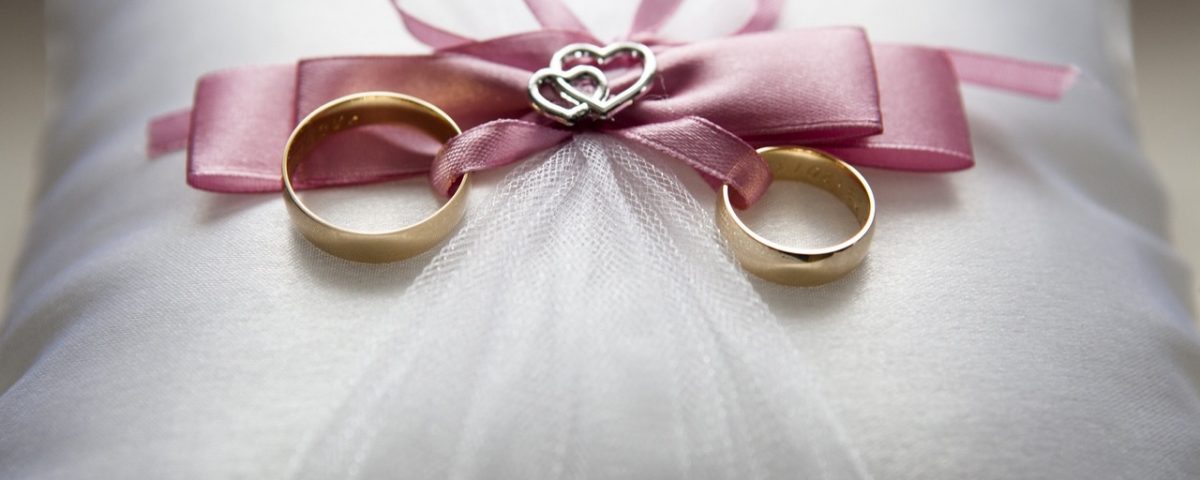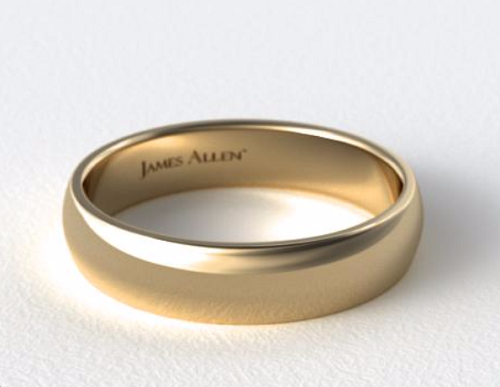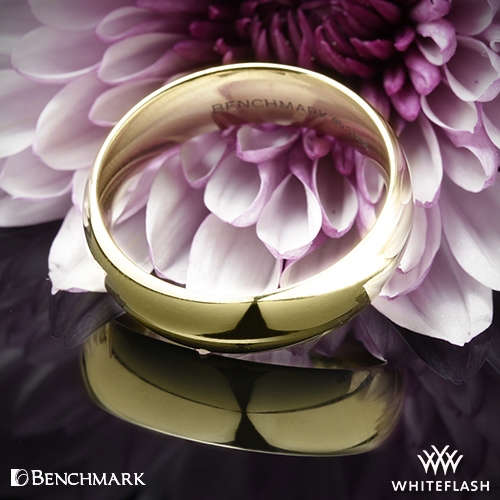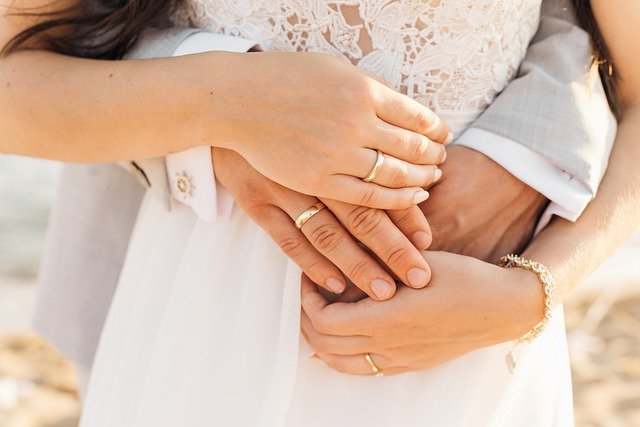The Differences Between 10k, 14k, and 1k Yellow Gold

Beware of Cheap Engagement Rings and Diamonds
April 15, 2017
Choosing a Verified Diamond Dealer
April 26, 2017This page contains references to diamonds or engagement rings from different companies. Sometimes I do receive a commission when you click on links and buy the products.
In my journey through the intricate world of jewelry, I’ve often been faced with the age-old dilemma of “10k vs 14k gold.” Choosing the right engagement or wedding ring is a deeply personal decision, and understanding the nuances of gold purity can be overwhelming. From my experiences, I’ve realized that the type of yellow gold you select plays a pivotal role in the ring’s overall appeal and durability. To help you navigate this choice, I’ve put together a comprehensive guide that delves into the differences between various karats of yellow gold, ensuring you make an informed decision that resonates with your personal style and preferences.
First thing’s first – Karat or Carat or Carrot?
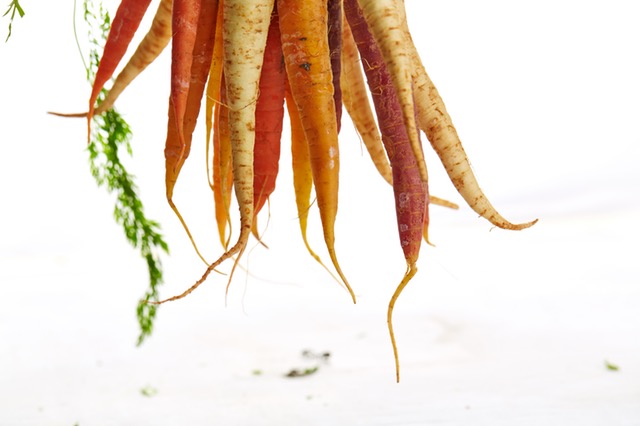
Before we take a look at the differences between different types of yellow gold, it’s worth paying some attention to the term Karat (or carat!) itself. This is often a cause for confusion so keep in mind that Karat refers to how pure a piece of gold jewelry is, whilst carat is a unit of weight measurement for gemstones.
How many Karats?
The number of karats (typically shown as k or kt) reflects how pure a piece of gold is. The higher the karat number, the higher the amount of gold it contains. Pure gold is 24k – the highest karat value available.
Why not 24k gold?
24 Karat gold is pure, 100% gold. This means it’s completely free from impurities, making it an incredibly valuable metal. Due to its purity, 24K gold doesn’t degrade or tarnish. However, it is also extremely soft and malleable, making it unsuitable for making jewelry.
The solution? By alloying gold with other metals (such as silver, zinc, nickel, and copper), you can have the best of both worlds – beautiful appearance gold that is long lasting and durable.
Let’s take a look at the different karats of gold most commonly used in jewelry making…
18 Karat Gold
18 Karat gold contains 75% gold and 25% alloy. Thanks to its high gold content, 18k gold is typically much richer and yellower looking than 14k or 10k gold.
Like 24k gold, 18 Karat gold is relatively soft thanks to its high gold content, however, it contains enough alloy to make it suitable for use in jewelry – just make sure you take good care of it!
Many big name jewelers and customers view 18k gold as being more prestigious than 14k, based on its higher gold content. But it’s important to bear in mind that 18k gold will naturally cost more, despite wearing more quickly.
14 Karat Gold
14 Karat gold contains 58.3% gold and 41.7% alloy (or, in chemical terms, 14 parts gold to 10 parts alloy). Thanks to its higher alloy content, 14k gold is more durable than 18k gold and can withstand the wear and tear associated with daily wear. Finding the perfect balance between functionality and aesthetics, 14k gold is widely thought to be the optimum gold for engagement and wedding rings.
10 Karat Gold
10 Karat Gold contains 41.7% gold and 58.3% alloy. Many jewelers won’t consider using 10k gold as, due to its low gold content, it is much more at risk of tarnishing compared to 18k or even 14k gold. What’s more, for such a significant cut in quality, the savings you’ll make by selecting 10k gold over 14k gold are marginal. I’d definitely recommend going no lower than 14k when it comes to choosing your engagement or wedding ring…or any jewelry piece for that matter!
| Karat | Gold Purity | Fineness |
| 24k | 100% | 999 |
| 22k | 92% | 917 |
| 18k | 75% | 750 |
| 14k | 58% | 583 |
| 10k | 42% | 417 |
Where to Buy – The Bottom Line
When it comes to choosing an engagement or wedding ring, it’s all about personal choice. However, if you opt for yellow gold, I’d always recommend choosing 18k or 14k gold as they are practical and economical, without compromising on sheer beauty.


